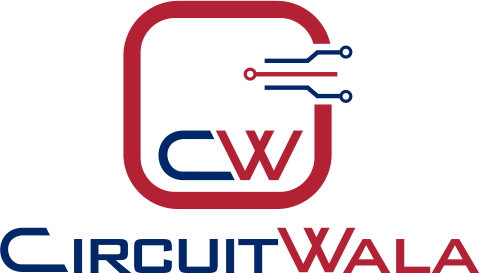A double-layer PCB (printed circuit board) is a type of circuit board that has two layers of conductive material, typically copper, separated by a non-conductive material called the dielectric layer. The two layers are typically connected together via plated through-holes, also known as vias, which are drilled through the dielectric layer. The top layer is typically used for routing signals, while the bottom layer is used for power and ground connections. This allows for more efficient use of space and can also provide shielding for sensitive signals. It also allows for a greater number of components to be placed on the board, increasing the complexity of the circuit that can be built.

